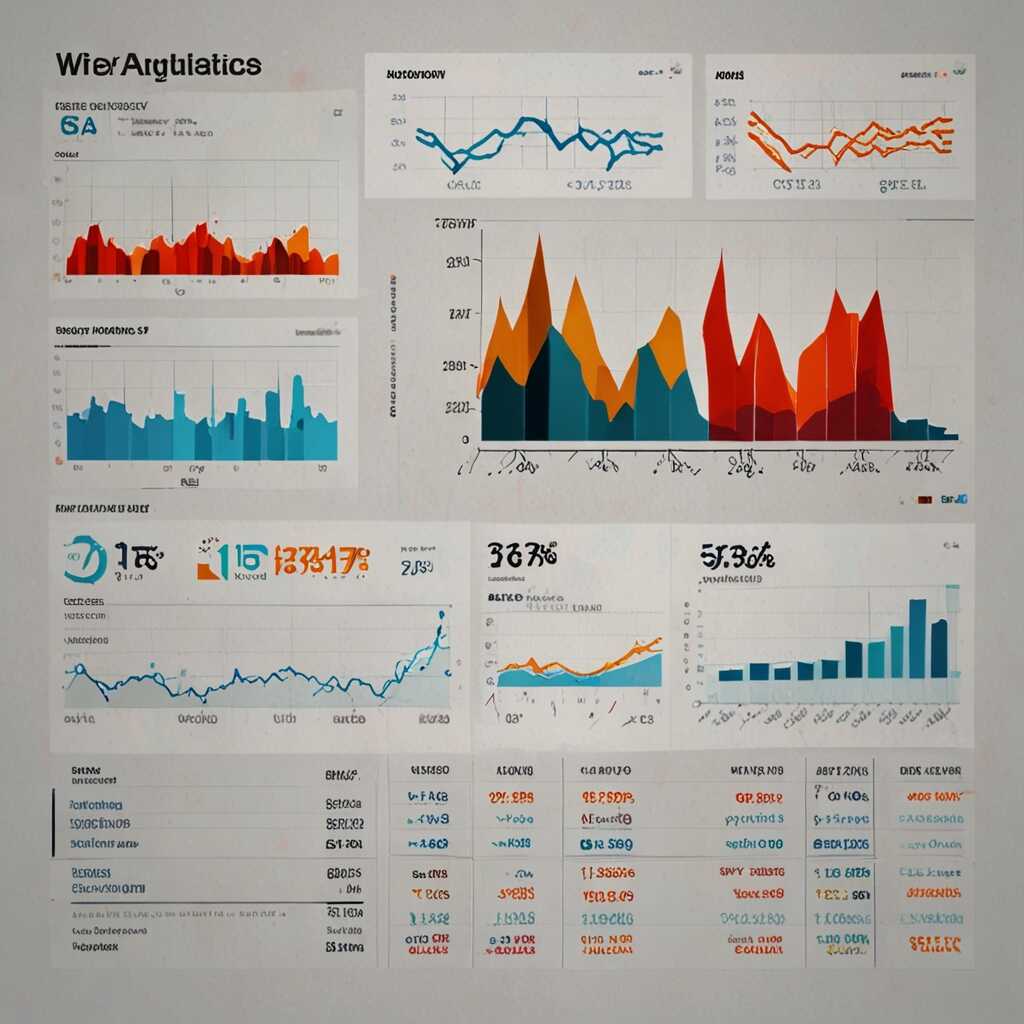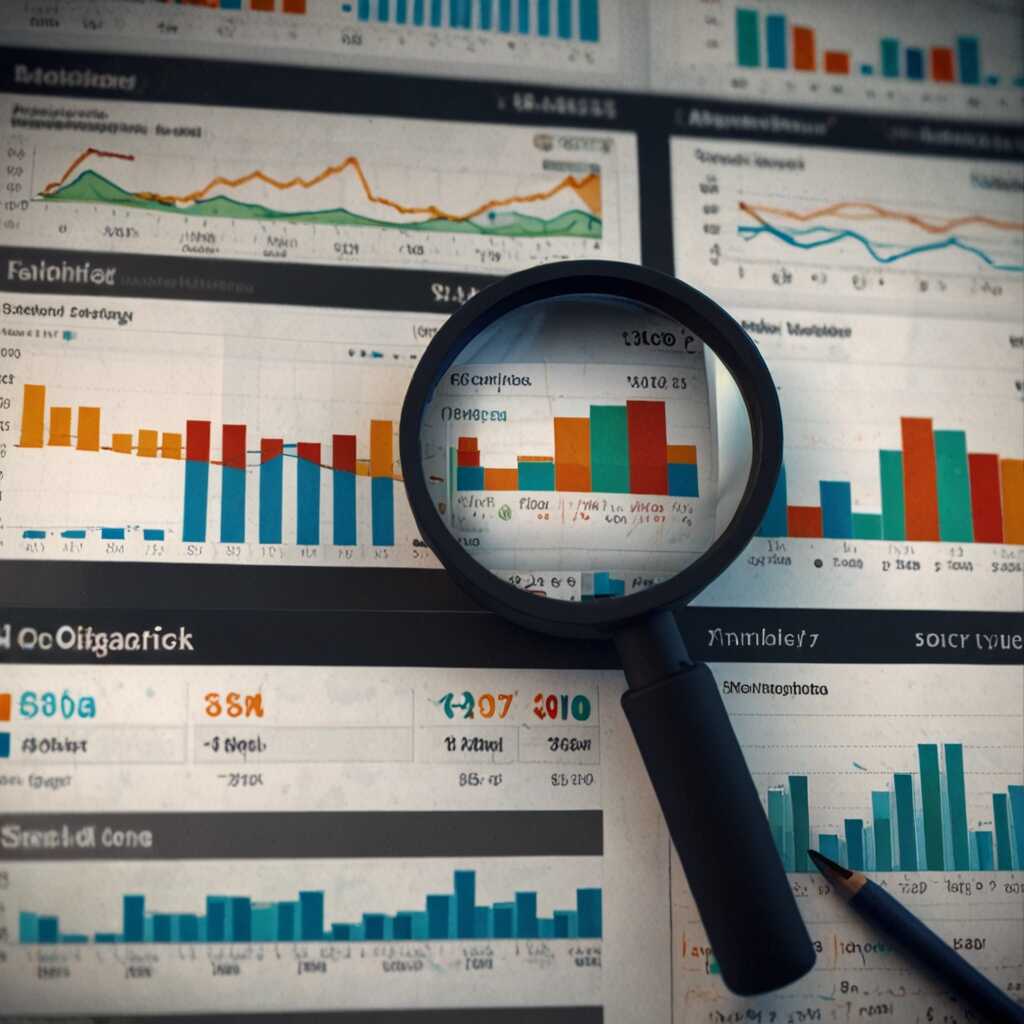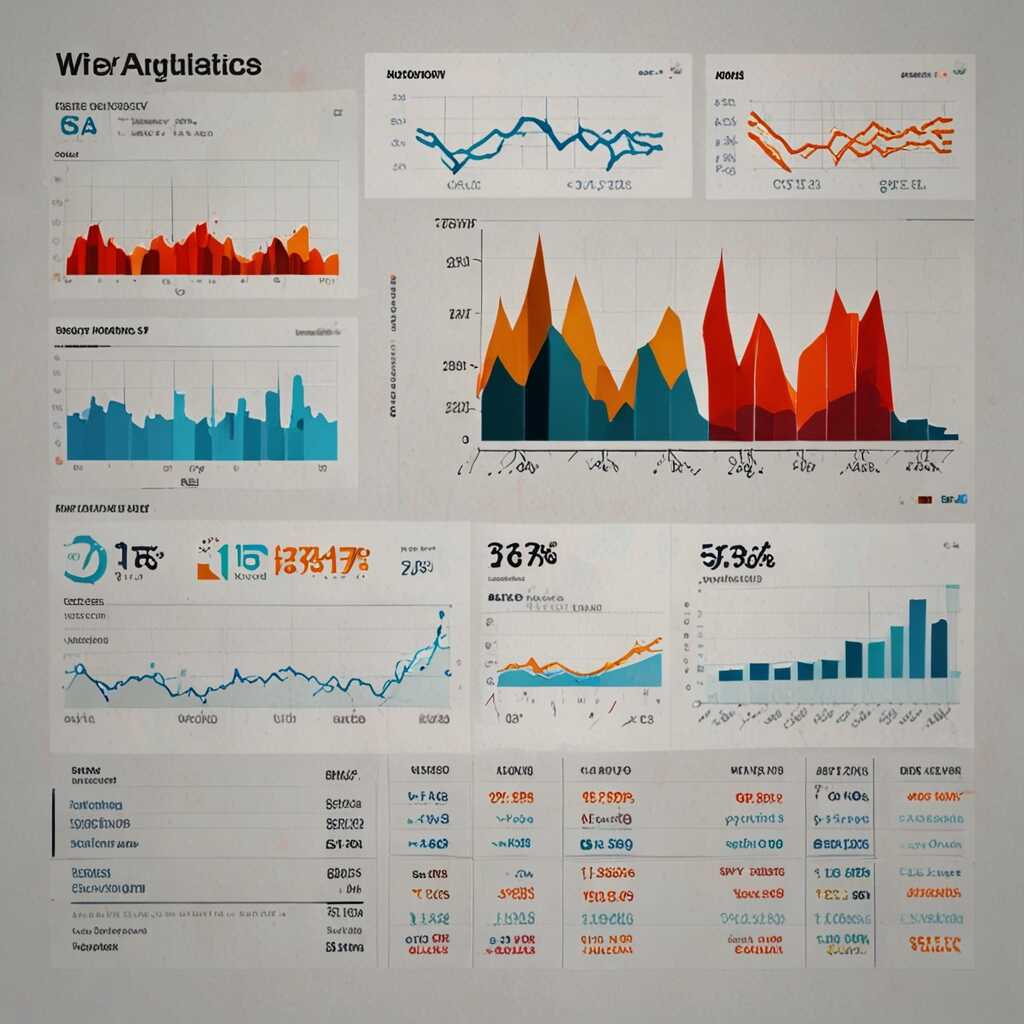Fixing crawl depth issues is vital for improving how Google indexes your web pages. When pages are too deep within a site’s structure, search engines may struggle to find them, which can hurt your overall visibility. At Metrics Rule, we understand that addressing these technical SEO challenges can enhance your site’s indexing and boost search performance. Let’s explore practical solutions to optimize your crawl depth for better Google indexing.
Understanding Crawl Depth and Its Critical Role in SEO
Crawl depth refers to how deeply search engine crawlers explore your website’s structure to index pages. Understanding crawl depth is essential for optimizing your site. It impacts how visible your content becomes in search results, significantly affecting your organic traffic. Factors that influence crawl depth include the structure of your site, the number of internal links, and the importance assigned to your pages. Ideally, important pages should be no more than three clicks from your homepage for optimal indexing, ensuring that search engine crawlers can discover and rank them efficiently.
Factors Influencing Crawl Depth
Several factors influence crawl depth, including your website structure and internal linking strategy. A flat site structure, where crucial pages are just a few clicks from the homepage, enhances crawl efficiency. Each page should have clear internal links pointing to it, which helps search engine crawlers navigate through your content. Additionally, utilizing a comprehensive sitemap improves crawl depth by guiding crawlers directly to important URLs. For businesses in Vancouver and elsewhere, optimizing for crawl depth is a smart on-page SEO strategy that ensures your content is easily indexed and boosts your online visibility.
Identifying Common Crawl Depth Problems Hindering Indexing
Several common crawl depth issues can negatively affect your Google indexing efforts. Often, sites struggle due to poor site structure problems, where critical pages are buried too deep within the hierarchy. Inefficient internal linking strategies exacerbate this issue, as they fail to guide crawlers effectively to important content. In many cases, over 60% of a site’s pages may remain uncrawled, reducing indexing potential significantly. Enhancing the site’s internal linking structure and ensuring efficient page access will lead to improved Google indexing efficiency and better performance in search results.
Understanding the Role of Internal Linking in Crawl Efficiency
Internal linking plays a crucial role in managing crawl depth. By strategically placing links to important pages within the content, you make it easier for search engine crawlers to discover and index these pages effectively. An effective internal linking strategy ensures that valuable content is less than three clicks away from the homepage, which facilitates better indexation and improved search visibility. Utilizing tools such as sitemap generation and analyzing log files can enable you to refine your internal linking approach, which ultimately enhances your website’s indexing efficiency and overall SEO performance.

Using SEO Tools for Accurate Crawl Depth Analysis
Analyzing crawl depth effectively requires utilizing various SEO tools. Some of the most effective tools include Screaming Frog, Ahrefs, and SEMrush. These tools help provide insights into how crawlers interact with your site, offering features like visual site mapping and detailed reports on indexing issues. When comparing these SEO tools, consider their reliability, performance, and the specific data insights they offer. For instance, Screaming Frog offers in-depth crawl data and a user-friendly interface, which enhances the experience for SEO professionals. A typical crawl depth analysis may take several hours to complete, depending on the size of your website and the complexity of the analysis needed.
Choosing the Right Tool for Your Needs
Choosing the right tool for crawl depth analysis is essential for successful technical SEO. Each tool has distinct features designed to enhance specific aspects of analysis. For example, Screaming Frog is excellent for small to medium-sized sites, as it can handle up to 500 pages for free. On the other hand, SEMrush provides advanced analytics for larger sites and continuous monitoring. Ahrefs is known for its robust backlink analysis, which can be beneficial for understanding crawl depth in relation to linking structures. Knowing which tool fits your needs can significantly improve your SEO efforts, ensuring that your website is optimized for better crawling and indexing.
Key Statistics About Indexing and Website Visibility
- Google indexes around 40 billion pages daily to improve search results.
- Approximately 60% of sites face issues affecting their visibility in search engines.
- A well-structured website can increase crawl efficiency by up to 80%.
- Pages that are more than three clicks away from the homepage often struggle to be indexed.
- About 50% of webmasters report improvements after fixing crawl depth problems.
- Using XML sitemaps can boost index chances by 30% when optimized.
- Regular log file analysis can reveal how often Googlebot visits your website, aiding in optimization.

Best Practices for Optimizing Your Website Structure for Crawling
A well-structured website optimizes SEO by enhancing both crawling and indexing. Key elements contributing to effective website structure include clear navigation, organized internal linking, and a comprehensive sitemap. Internal linking plays a crucial role in influencing crawl depth, with a proper linking strategy ensuring Google can easily navigate your pages. Furthermore, it is essential that users can access any page within three clicks from the homepage. This approach enhances reliability and improves overall user experience, directly influencing search rankings.
Importance of Internal Linking Strategy
Internal linking strategy is vital for guiding search engines through your website. Each link acts as a roadmap, helping bots and users navigate quickly and efficiently. By ensuring relevant pages are linked, you improve crawl depth and keep search engines informed about the importance of your content. An effective internal linking strategy can distribute link equity throughout your site, ensuring that high-value pages achieve better visibility in search results. For optimal results, use keyword-rich anchor text that correlates with the target page’s content, enhancing both relevancy and user engagement.

Enhancing Internal Linking for Improved Crawl Efficiency
Improving your internal linking strategy significantly enhances how crawlers navigate your website. Effective internal links help Google and other search engines index your pages more efficiently. Start by ensuring that key pages are easily accessible, using descriptive anchor texts that provide context about the linked content. Additionally, a well-structured internal linking system offers reliability in directing crawlers through your site’s hierarchy. Maintain a balanced number of internal links on each page to improve the overall crawl depth, with recommendations suggesting about 50 to 100 internal links per significant page. This ensures that crawlers can efficiently discover and index your content.
Effective Techniques for Building a Reliable Internal Linking Structure
Creating a reliable internal linking structure involves several key strategies. First, organize your content into categories and subcategories that reflect your site’s architecture. Use breadcrumbs for better navigation, which not only helps users but also assists crawlers in understanding content organization. Additionally, leverage contextual links within your articles to direct users to related topics, ensuring that these links are placed naturally in the text. Utilize tools like Google Search Console to monitor your internal links and identify any broken ones. By focusing on your website’s navigation through an optimized internal linking strategy, you enhance your site’s SEO best practices, ultimately improving your crawl efficiency.
Advantages of Addressing Page Discovery Challenges
- Higher indexing rates lead to improved visibility in search results.
- Fixing crawl depth issues can enhance the overall site user experience.
- Improved site structure may reduce bounce rates significantly.
- Better indexing increases organic traffic to important pages.
- Faster indexing leads to timely content updates reflected in search engines.
- With clear navigation, users can find what they’re looking for more easily.
- More efficiently indexed pages can lead to higher engagement and conversions.

How to Effectively Use Sitemaps to Aid Google Crawlers
Sitemaps are essential tools that help Google crawlers efficiently discover and index your website’s pages. To create effective XML sitemaps, include all relevant URLs and ensure they are formatted correctly. Submitting your sitemap through Google Search Console greatly boosts your site’s indexing rates. Different types of sitemaps, like XML and HTML, serve various purposes. XML sitemaps cater specifically to search engines, while HTML sitemaps enhance user navigation. Adhering to Google’s guideline of keeping a sitemap’s URL count under 50,000 ensures optimal performance, enhancing your site’s visibility in search results.
Understanding XML Sitemaps for Optimal Indexing
XML sitemaps are designed to provide search engines with a comprehensive list of your site’s URLs. This structured format allows Google to access detailed information about each webpage, including when it was last updated and its importance relative to other pages. Using an XML sitemap directly impacts your website’s SEO by streamlining the crawling process. It also helps in recognizing pages that may be overlooked without proper linking. For successful indexing, ensure your sitemap is regularly updated and submitted after making significant changes to the site.
Managing Indexing with Robots.txt and Meta Tags
The Robots.txt file is essential for managing how Google crawls your site. It instructs web crawlers on which pages to index and which to ignore, enhancing the efficiency of your site’s indexing. Using meta tags, like `noindex` or `nofollow`, you can control page visibility on an individual basis. For instance, if a page contains outdated information that you don’t want indexed, you can add a `noindex` meta tag to prevent it from appearing in search results. By effectively utilizing these tools, you ensure that only the most valuable pages are indexed, improving your site’s overall SEO performance.
Effective Use of Meta Tags for SEO
Meta tags provide a powerful way to optimize your site for search engines. Specifically, the `robots` meta tag can be tailored to serve different purposes. Using `noindex` prevents indexing of specific pages, while `nofollow` prevents passing link equity. For e-commerce sites, combining these tags ensures product pages are indexed while keeping checkout pages off search indexes. Testing and reviewing your website’s meta tags regularly helps to ensure each page’s content aligns with your SEO strategies. This careful management enhances crawling efficiency and indexing accuracy, thus improving your site’s visibility on search engines like Google.
Brands and Demographics Focused on Search Engine Indexing
- SEMrush provides tools for SEO analysis but may overwhelm beginners with complexity.
- Ahrefs excels in backlink analysis, making it a favorite for experienced marketers.
- Yoast targets blog and website owners, helping them improve crawlability with clear guidelines.
- Moz appeals to small businesses, offering easy-to-understand SEO insights.
- Agencies and freelance SEOs benefit from comprehensive tools for multiple clients.
- Small to medium-sized businesses often require practical solutions for better indexing.
- Content creators focus on optimizing their websites for higher visibility and ranking.
Troubleshooting Crawl Errors in Google Search Console
Google Search Console is essential for identifying crawl errors that can affect your website’s indexing effectiveness. Common crawl errors include 404 not found errors, server errors, and blocked URLs. Analyzing the Google Search Console reports helps you diagnose these issues. You can resolve crawl depth issues by ensuring your important pages are accessible within two clicks from your homepage. Maintaining fewer than 100 clicks for any page enhances its crawling and indexing status. Also, regularly test your website using these analytics tools to make necessary adjustments.
Maximizing Your Crawl Efficiency
To maximize your crawl efficiency, consider optimizing your website structure. Ensure that key pages are reachable within two clicks from your homepage. This design enhances crawling and indexing by making it easy for search engines to find them. Utilize sitemaps and proper internal linking strategies to guide crawlers. Also, analyze the Google Search Console reports frequently for any errors. Resolving issues quickly will boost your site’s indexing effectiveness, leading to improved visibility on search engines.
